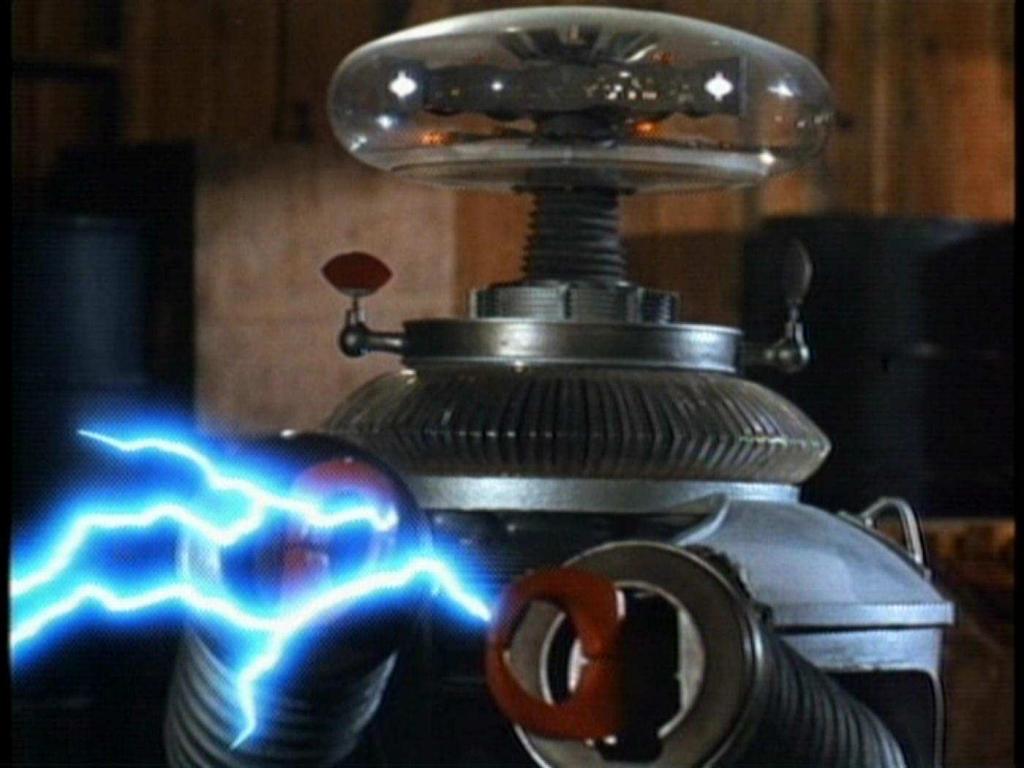210 Sixty-Five Low Volume/Fuzz on Low Power Settting Only
Restoring a very early production 1974 210 Sixty-Five, did a full recap and bias (.5 volts DC across the 10 ohm cathode resistor), cleaned and tightened everything. Sounds great on High power setting. On Low power however, it doesn't get very loud and starts to sound like a fuzz pedal after a few minutes of playing. Any suggestions where to begin troubleshooting?
Member for
11 years 7 monthsMember for
11 years 7 monthsAnother excellent idea, will
Another excellent idea, will definitely test that tonight and report back. But first...
Are you saying to pull the plastic covered red and black wires at points A and C and measure between them, or pull the cloth covered transformer wires which feed them (two orange or one orange and one yellow/red)?
Also: when you say "keep the Standby switch off" - you mean keep it in its Off position, as opposed to its On position, which is where you set it to actually take it off Standby and play the amp...
What kind of voltages should I see?
Member for
11 years 7 monthsWhen I say 'off' I mean 'amp is on standby'
Sorry, I guess that wasn't really clear. The reason I say keep the standby on 'off' (as in no B+ to the tubes) is to avoid damaging the tubes. With no low voltage supply, the bias voltage is gone and there's not telling what the power tubes might do.
Not sure what exact voltages you should see between those two wires without any load - but it should be beyond 110V AC on both lo and hi.
Cheers,
Lars Verholt
Member for
11 years 7 monthsMember for
11 years 7 monthsMusic Man 410-65 (1979)
Music Man 112RD-100 (1980)
Music Man 210RD-100-EVM (1982)
Music Man HD-130 Head (1975)
Music Man RD-50 Head (1982)
Music Man 112RD-50 (1982)
Member for
11 years 7 monthsBe careful regarding WHICH transformer is in your amp!
The early Music Man amps switched from high power to low power by changing a tap on the PRIMARY of the power transformer, which caused ALL voltages to dip in the amp. People complained about this and MM changed the transformers so that the low/hi power switch controlled a tap selection on the secondary winding of the high voltage section ONLY.
My 1974 410-65 has the screwy early transformer (with 12AX7) and my 1977 410-65 has the newer/better transformer (and no 12AX7). I much prefer to play the 1977 model because of this.
The 65 & 130 series schematics show BOTH of these generations, just pay close attention and you will see this. FYI... the transformer part numbers are also different so you can tell from that as well. I do not know if this is what you are fighting but it could well be!
Steve
Member for
11 years 7 monthsThe only numbers I can find
The only numbers I can find on my '74 210-Sixty-Five PT is the EIA code, 606-4-09 which translates to Woodward - Schumacher manufactured the 9th week of 1974. The schematic in the documents that came with amp list it only as a 100-65 XFMR. Have to check the codes on the '76 amp, but everything else in it dates to early '76.
Seems odd that two amps configured the same way (and recapped by me) should have such different sonic characteristics - one breaks up considerably at Volume 3, the other goes to nearly twice that clean. Be curious to see what voltages you are getting in your 410 Sixty-Five.
Member for
11 years 7 monthsReturning to this thread, as…
Returning to this thread, as I've been cleaning up my work area and never got this amp running right. Must've repaired/restored dozens of other MM amps in the interim, but this one still taunts me. As a reminder, it is a '74 210 Sixty-five with 12AX7 phase inverter tube that distorts on both channels at Hi or Lo power at about Channel volume 3 with the Master at 10.
Since my last post, I surmised that the original PT was bad, and searched for a suitable replacement. Couldn't find one, but did find a working MM PT that the later amps used. It required quite a bit of rewiring, using an MM Service bulletin and video I found online to guide me. Got it done successfully, such that the original rear Standby switch is now a Power On/Off, and a new front three way switch is Hi/Standby/Lo.
Amp voltages did not change appreciably, and more importantly, my low volume distortion is still present.
Went back through this thread (and others) and started rechecking my work. Swapped in a number of 12AX7 tubes, and tested at 12AX7 PI pins 2 and 7 as mgriffin155 suggested.
Pin 2 - strong/loud signal, some underlaying background noise/distortion, responds as expected to channel Volume control, Master Volume is working as well
Pin 7 - weaker/less loud signal, more prominent background noise/distortion, responds as expected to channel Volume control, Master Volume has no effect
Can I conclude from this that Pin 2 is the second half of the dual triode PI tube and is driven from the Master Volume pot? And that Pin 7 is the input grid/1st half acting as a Gain stage that drives the Master Volume pot? Or do I have it backwards?
The first resistor fed from Pin 7 is a 10k that also demonstrates louder background noise/distortion. That resistor also connects to the Deep switch, same noise here too. I could just replace the 10k and disconnect the Deep switch to see if that has any effect.
One other clue: using a single coil guitar with its volume full up, the amp distorts at a channel volume of about 3 (Master at 10). Turning the guitar volume down a quarter or more and the amp stays clean until a channel volume of about 8. This seems much more inline with my recollection of the behavior of my original 210 Sixty-five, many years ago.
Any suggestions where to go from here appreciated.
Member for
11 years 7 monthsUpdate: Borrowed a friend's …
Update:
Borrowed a friend's '76 210 Sixty-five with 12AX7 PI, I recapped that one as well. Always been a loud clean amp, just as you would expect.
There is NO noise/distortion on his 12AX7 PI pins 2 & 7. Pin 2 is a bit louder, but both it and Pin 7 pass loud, clear signal.
So now I am thinking it has to be something upstream of the 12AX7 in my amp. Bad cap passing AC? Diode gone bad?
Member for
11 years 7 monthsMember for
11 years 7 monthsYes, that is what I have…
Yes, that is what I have been using, a signal probe that outputs to another amp. That, and a multimeter for power measurements are what have served me well with the other amps I've worked on. No scope as yet.
Looking at the amp's Rectifier board, I see I've replaced just about every component except D9 & D10, the 1KV 3A diodes. Testing them shows just about equal resistance (between 1.65M and 2.1M) in both directions - as I recall that usually indicates a bad diode. Will replace them and see if that solves the problem.



Check the low voltage
In reply to More Proof of Bad Power Transformer? by inertian
Ok, before you deem the PT defective (which could still be a valid diagnosis), I would disconnect the A and C point wires of the transformer from the rectifier board. Measure the voltage between the wires (keep the standby switch off !!) . Getting only 1-5V between those two wires really sticks out. Could be something in the low voltage circuit throwing everything else off.
The Mojotone replacement part is as close as you can get to NOS, afaik they obtained the remaining stock of parts from Ernie Ball after the Music Man amp division was dismantled - but most of the parts available from them by now are newly manufactured replicas if one can say so. If you have to replace the power transformer you need to convert to the new style where the hi/lo is switched on the secondary. You can still maintain the 12AX7 etc - you just have to rewire a bit. I've done it and am quite happy with the result.
Cheers,
Lars Verholt